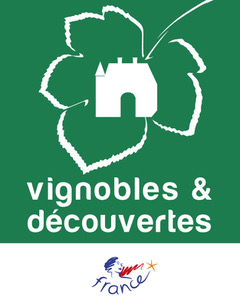Our family estate & our work
The work of Man at every moment

A family estate in the heart of an exceptional land


Family history
Alfred BAUDIN and Denis PONGNOT cultivated the respective vines of their parents at Cormoyeux in the 1900s. Their children, Gustave BAUDIN and Albert PONGNOT, took over the vineyards and started to produce and market champagne around 1960. Afterwards, Jean-Pierre BAUDIN and Hélène PONGONT (born BOUDE), set about consolidating and improving the vineyards. They expanded by buying more vines. They improved the quality of the vines by replanting the best plants that are much better adapted to our subsoil. They built modern buildings for processing the wines.
Creation of the Boude Baudin brand
It was in 1993 that Nathalie BAUDIN and José BOUDE merged the two estates, following in the family tradition, always caring about quality, a modern touch and with a respect for work with vines and wine.


New generation
Benjamin, the son of Nathalie and José, in turn reproduced the same essential processes of our fabulous craft to create the Champagne Boude Baudin, while bringing freshness and cultural modernity.
FROM VINE STOCK TO FLUTE, WE PRESENT OUR WORK

Pruning
As soon as the leaves fall, pruning can begin. We start each year by pruning the planted Meunier vines, the slowest growing of the four varieties of grape we cultivate. We prune the Meunier using the "Marne Valley” pruning system or "3-9-6", which corresponds to the number of buds left on each timber.
Later on, we prune the Pinot Noir, Chardonnay and Petit Meslier vines (a rare old grape variety found in Champagne which gives fine and fresh wines). These vines are pruned using the "chablis” system, a pruning system with a rachet (timber with 3 buds) at the stump, a stick and two extensions of 5-6 buds each.
Pruning extends from November until the end of March. There are two of us to prune the entire vineyard.
Tying


Disbudding
Growth stages


Lifting – trellising
Trimming


Picking
Pressing


Riddling (“remuage”)
Disgorgement


Foil wrapping
Storage and tasting
Shelf life varies, but it is important to know that when each of our bottles is marketed, it is ready to be tasted. The champagnes are matured in our cellars on lees. Keeping the bottles at home for several years thinking that the champagne will improve is not of any benefit.
The champagne is served chilled but not iced, at a temperature of 7°C to 10°C. Place your bottle in the refrigerator for at least three hours before consumption. If you are short of time, you may prefer a champagne bucket filled with half water and ice. As the water is a great conductor it takes just 15 minutes for the champagne to reach the right temperature.




